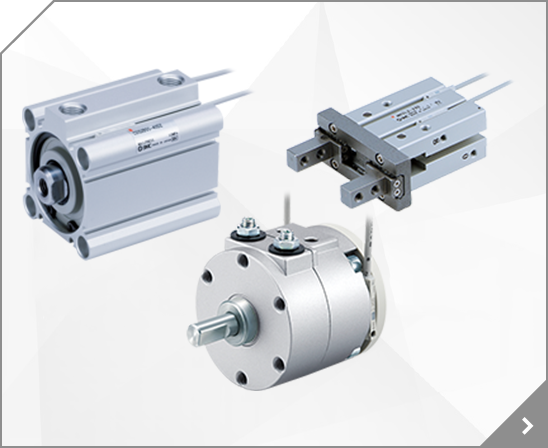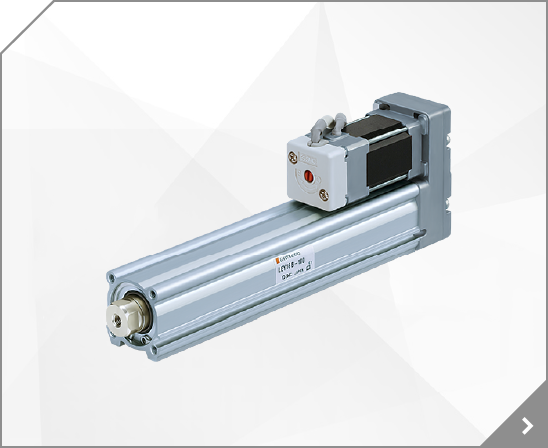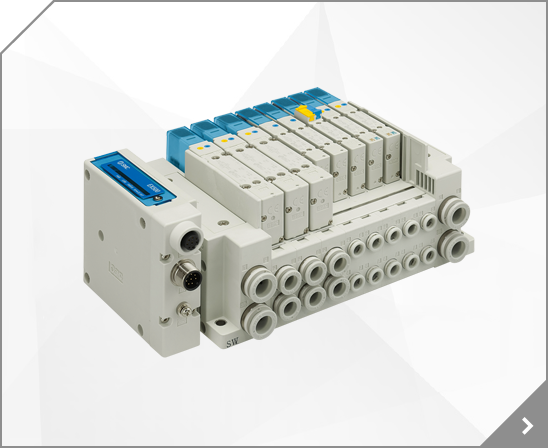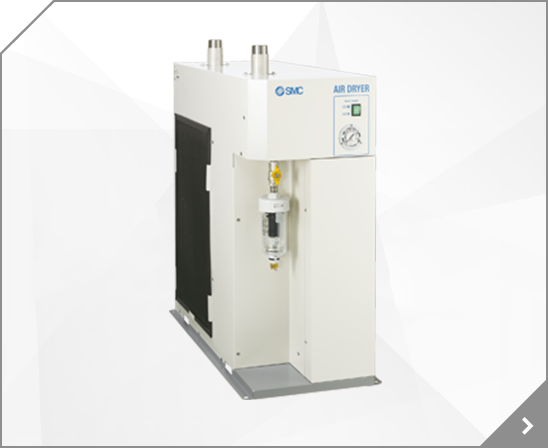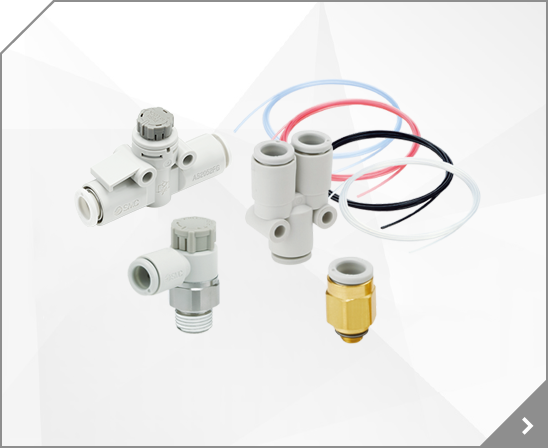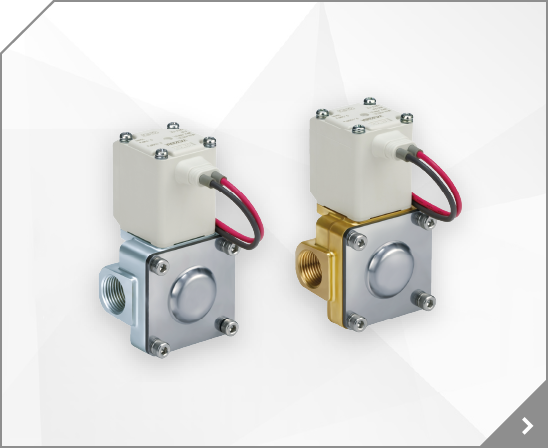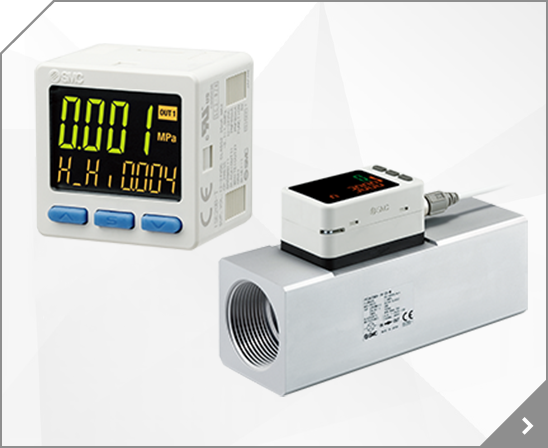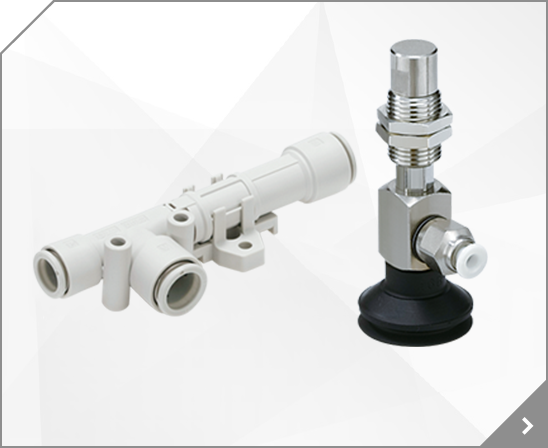
.: 4, 6, 8, 10, 12, Applicable fittings include: KQ, KJ, KF, KFG, and M/MS, Tubing colors include: black, white, red, blue, yellow green, Maximum operating pressure: 20C = 0.8 MPa and 60C = 0.4 MPa, TUBING, WEAR RESISTANT, CONNECTORS, TUZ WEAR RESISTANT TUBING, LX, TUZ 12MM, 3.74785 lb, ModelTubing O.D. (mm)Tubing I.D. (mm)--TUZ1208128--
M/MS, Tubing colors include: black, white, red, blue, yellow green, Maximum operating pressure: 20C = 0.8 MPa and 60C = 0.4 MPa, TUBING, WEAR RESISTANT, CONNECTORS, TUZ WEAR RESISTANT TUBING, CX, TUZ 4MM, .28415 lb, ModelTubing O.D. (mm)Tubing I.D. (mm)--TUZ042542.5--
M/MS, Tubing colors include: black, white, red, blue, yellow green, Maximum operating pressure: 20C = 0.8 MPa and 60C = 0.4 MPa, TUBING, WEAR RESISTANT, CONNECTORS, TUZ WEAR RESISTANT TUBING, JX, TUZ 10MM, 2.57539 lb, ModelTubing O.D. (mm)Tubing I.D. (mm)--TUZ1065106.5--
.: 4, 6, 8, 10, 12, Applicable fittings include: KQ, KJ, KF, KFG, and M/MS, Tubing colors include: black, white, red, blue, yellow green, Maximum operating pressure: 20C = 0.8 MPa and 60C = 0.4 MPa, TUBING, WEAR RESISTANT, CONNECTORS, TUZ WEAR RESISTANT TUBING, LX, TUZ 12MM, 3.52739 lb, ModelTubing O.D. (mm)Tubing I.D. (mm)--TUZ1208128--
.: 4, 6, 8, 10, 12, Applicable fittings include: KQ, KJ, KF, KFG, and M/MS, Tubing colors include: black, white, red, blue, yellow green, Maximum operating pressure: 20C = 0.8 MPa and 60C = 0.4 MPa, TUBING, WEAR RESISTANT, CONNECTORS, TUZ WEAR RESISTANT TUBING, FX, TUZ 6MM, 4.42712 lb, ModelTubing O.D. (mm)Tubing I.D. (mm)--TUZ060464--
.: 4, 6, 8, 10, 12, Applicable fittings include: KQ, KJ, KF, KFG, and M/MS, Tubing colors include: black, white, red, blue, yellow green, Maximum operating pressure: 20C = 0.8 MPa and 60C = 0.4 MPa, TUBING, WEAR RESISTANT, CONNECTORS, TUZ WEAR RESISTANT TUBING, LX, TUZ 12MM, 3.01532 lb, ModelTubing O.D. (mm)Tubing I.D. (mm)--TUZ1208128--
M/MS, Tubing colors include: black, white, red, blue, yellow green, Maximum operating pressure: 20C = 0.8 MPa and 60C = 0.4 MPa, TUBING, WEAR RESISTANT, CONNECTORS, TUZ WEAR RESISTANT TUBING, HX, TUZ 8MM, 6.54999 lb, ModelTubing O.D. (mm)Tubing I.D. (mm)--TUZ080585--
M/MS, Tubing colors include: black, white, red, blue, yellow green, Maximum operating pressure: 20C = 0.8 MPa and 60C = 0.4 MPa, TUBING, WEAR RESISTANT, CONNECTORS, TUZ WEAR RESISTANT TUBING, HX, TUZ 8MM, 8.58865 lb, ModelTubing O.D. (mm)Tubing I.D. (mm)--TUZ080585--
.: 4, 6, 8, 10, 12, Applicable fittings include: KQ, KJ, KF, KFG, and M/MS, Tubing colors include: black, white, red, blue, yellow green, Maximum operating pressure: 20C = 0.8 MPa and 60C = 0.4 MPa, TUBING, WEAR RESISTANT, CONNECTORS, TUZ WEAR RESISTANT TUBING, CX, TUZ 4MM, 1.99884 lb, ModelTubing O.D. (mm)Tubing I.D. (mm)--TUZ042542.5--
.: 4, 6, 8, 10, 12, Applicable fittings include: KQ, KJ, KF, KFG, and M/MS, Tubing colors include: black, white, red, blue, yellow green, Maximum operating pressure: 20C = 0.8 MPa and 60C = 0.4 MPa, TUBING, WEAR RESISTANT, CONNECTORS, TUZ WEAR RESISTANT TUBING, CX, TUZ 4MM, 2.04540 lb, ModelTubing O.D. (mm)Tubing I.D. (mm)--TUZ042542.5--
